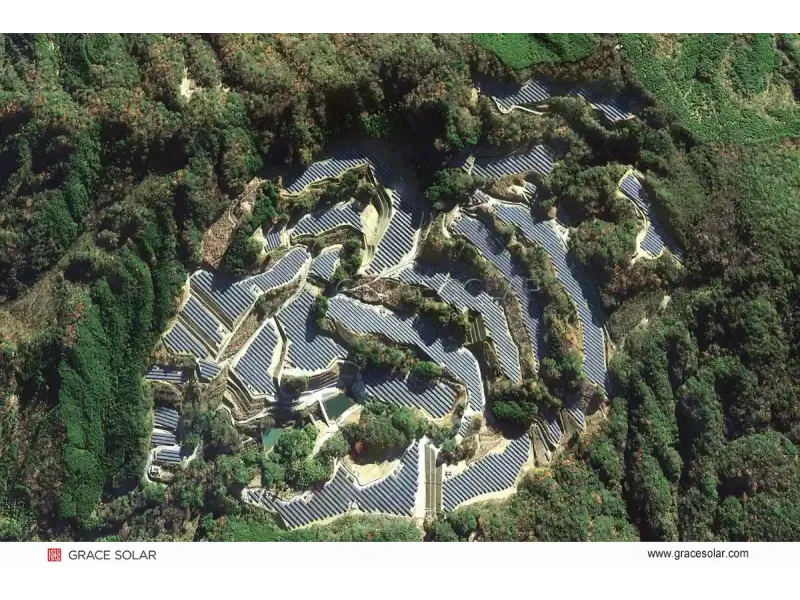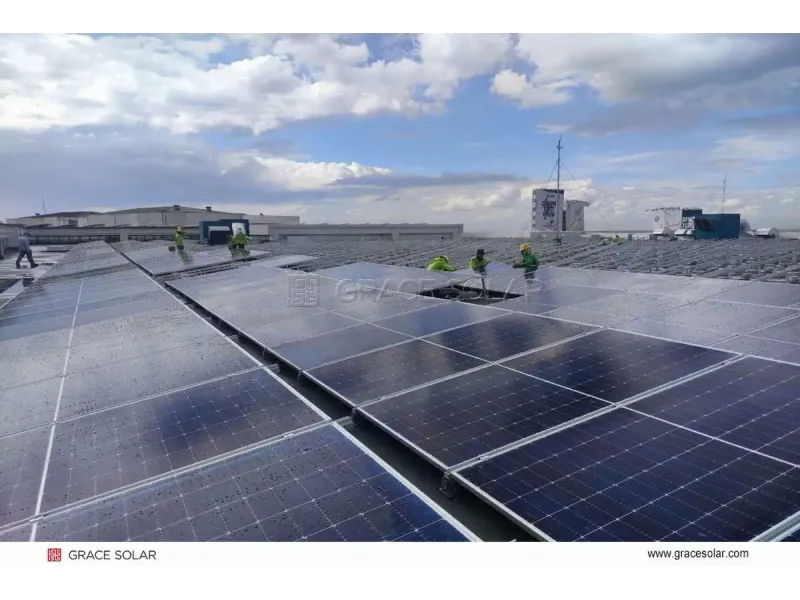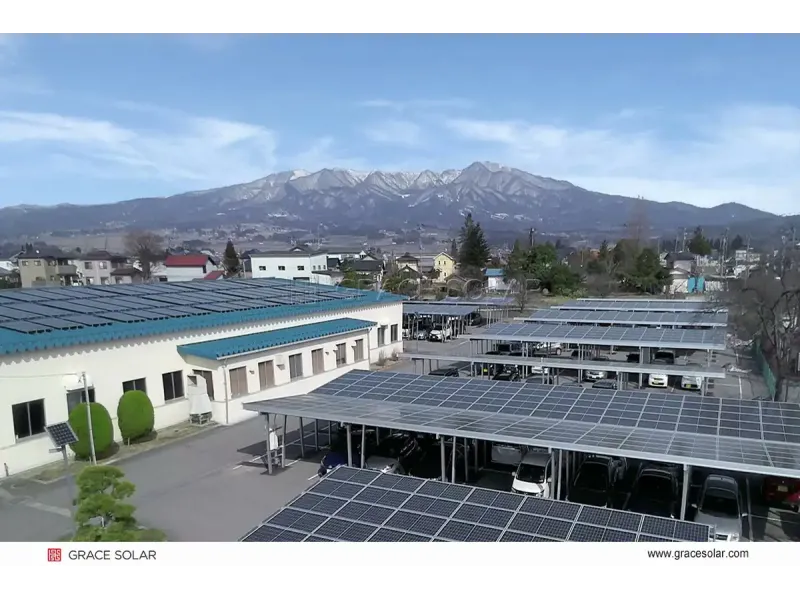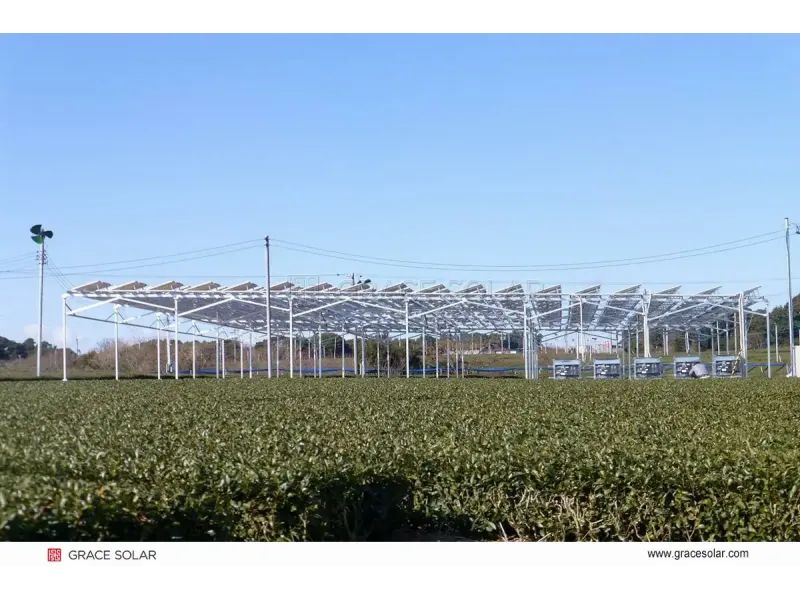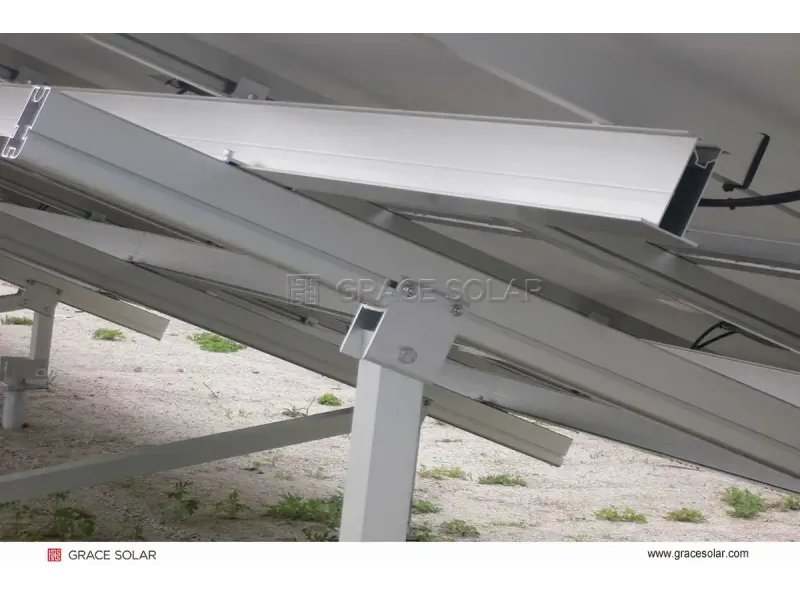Solar energy systems thrive on one critical factor: maximizing sunlight capture. While fixed-tilt arrays passively receive radiation, single-axis solar tracking systems actively pursue the sun's path like sunflowers – boosting energy harvest while reducing land constraints.
Advanced tracking systems can deliver 25-35% more energy production than fixed installations, significantly improving the return on investment for solar projects.
How Single-Axis Trackers Work
A single-axis tracker rotates solar panels along one axis (typically north-south), aligning modules perpendicular to the sun's east-west movement. Unlike fixed structures locked at a static angle, these systems tilt panels incrementally via:
- Motorized Drives: Precision actuators adjust panel angles (±60°)
- Intelligent Controllers: AI algorithms process GPS, tilt sensors, and weather data
- Adaptive Strategies: Cloud-optimized tracking prevents energy loss during overcast conditions
4 Core Benefits Driving Global Adoption
✓ Energy Yield Amplification
25-35% more annual generation vs. fixed-tilt systems with AI-enhanced "whole optimization tracking" that overcomes cloud/shading losses.
✓ Land Optimization
Operates on slopes ≤20% (N-S direction) with just 30% land occupation rate, making it ideal for irregular terrains and agricultural-photovoltaic projects.
✓ Extreme Weather Resilience
Multi-point drives increase structural stiffness by 20%, enabling systems to withstand 47m/s wind gusts (3-sec duration).
✓ Lower Lifetime Costs
<0.02 kWh/day power consumption plus modular design that cuts O&M expenses by up to 40% over system lifetime.
Where Single-Axis Trackers Dominate
Over 48GW of projects across 100+ countries leverage these advantages – from Australian deserts to Japanese typhoon zones. For developers pursuing bankable ROI, comprehensive EPC solutions ensure seamless integration.
Technical Evolution: Why 1P Systems Lead
Modern single-axis trackers overcome traditional limitations through key innovations in structure and control systems:
Structural Innovation
Improved Aerodynamics
Push-rod drives reduce air drag compared to traditional slew drives
Advanced Materials
Hot-dip galvanized steel + aluminum-magnesium-zinc alloys combat corrosion
Self-Grounding
Built-in grounding eliminates need for additional earthing hardware
Intelligent Control Ecosystem
The Future: AI-Driven Solar Optimization
Tracking systems are evolving rapidly with new capabilities:
- Predictive Weather Algorithms: Pre-adjust panel angles before storms and trigger auto-stow at 18m/s wind speeds
- Diffuse Radiation Capture: Machine learning computes optimal angles on overcast days to maximize yield from indirect light
- Energy Storage Integration: Synchronized operation with battery systems creates dispatchable renewable assets
Maximize Your Solar Investment
Single-axis trackers transform passive solar fields into intelligent power generators – delivering higher yields while reducing costs. With superior terrain adaptation, weather resilience, and AI optimization, they're setting new standards in utility-scale renewable energy.

